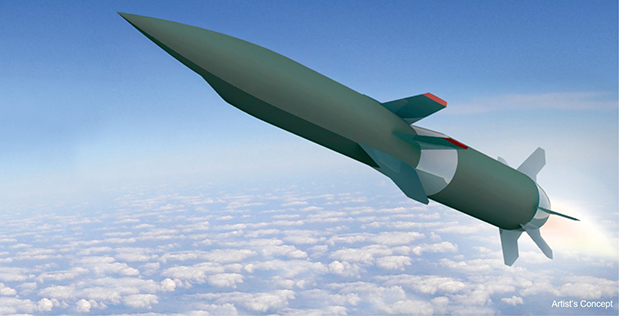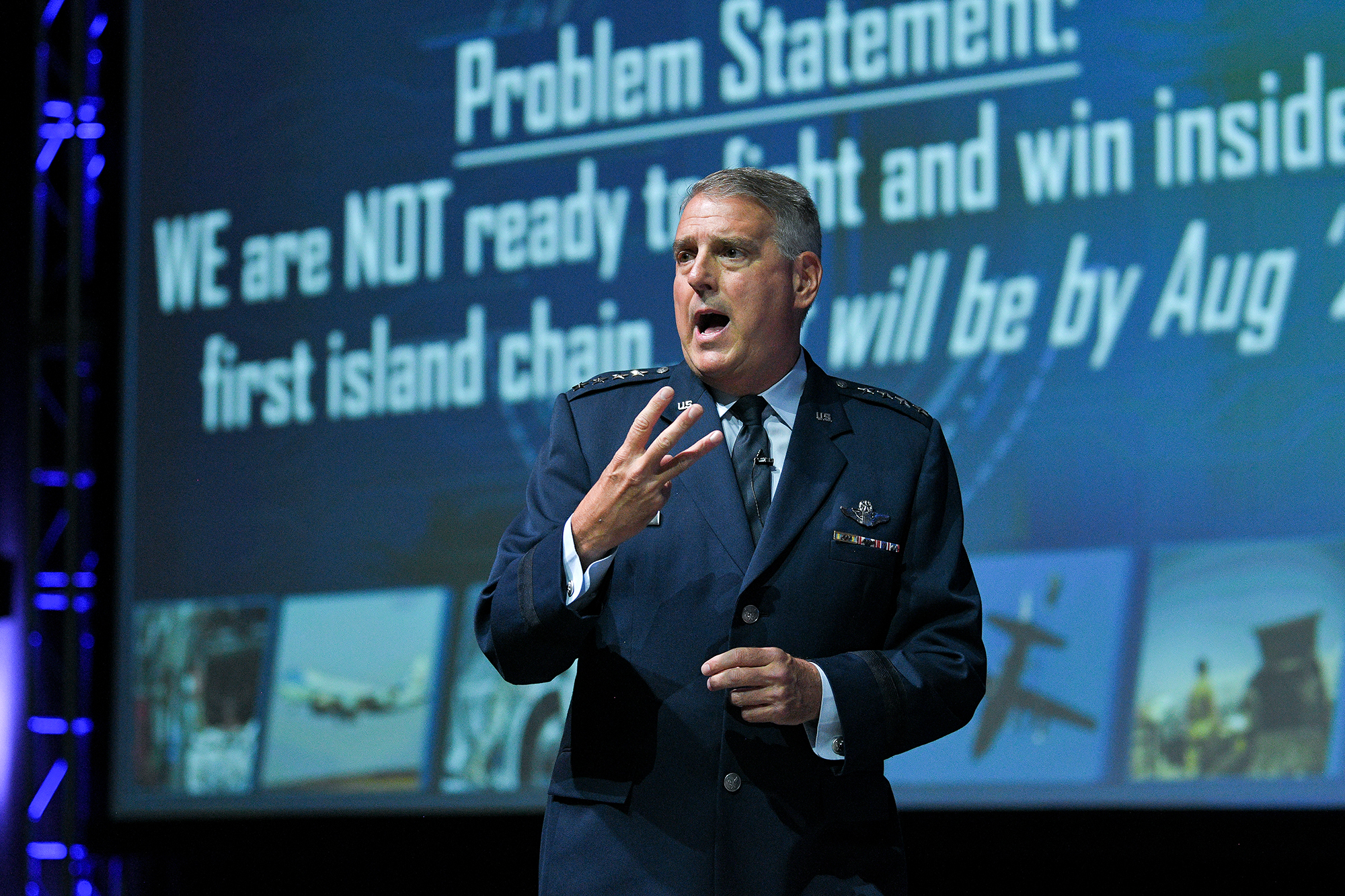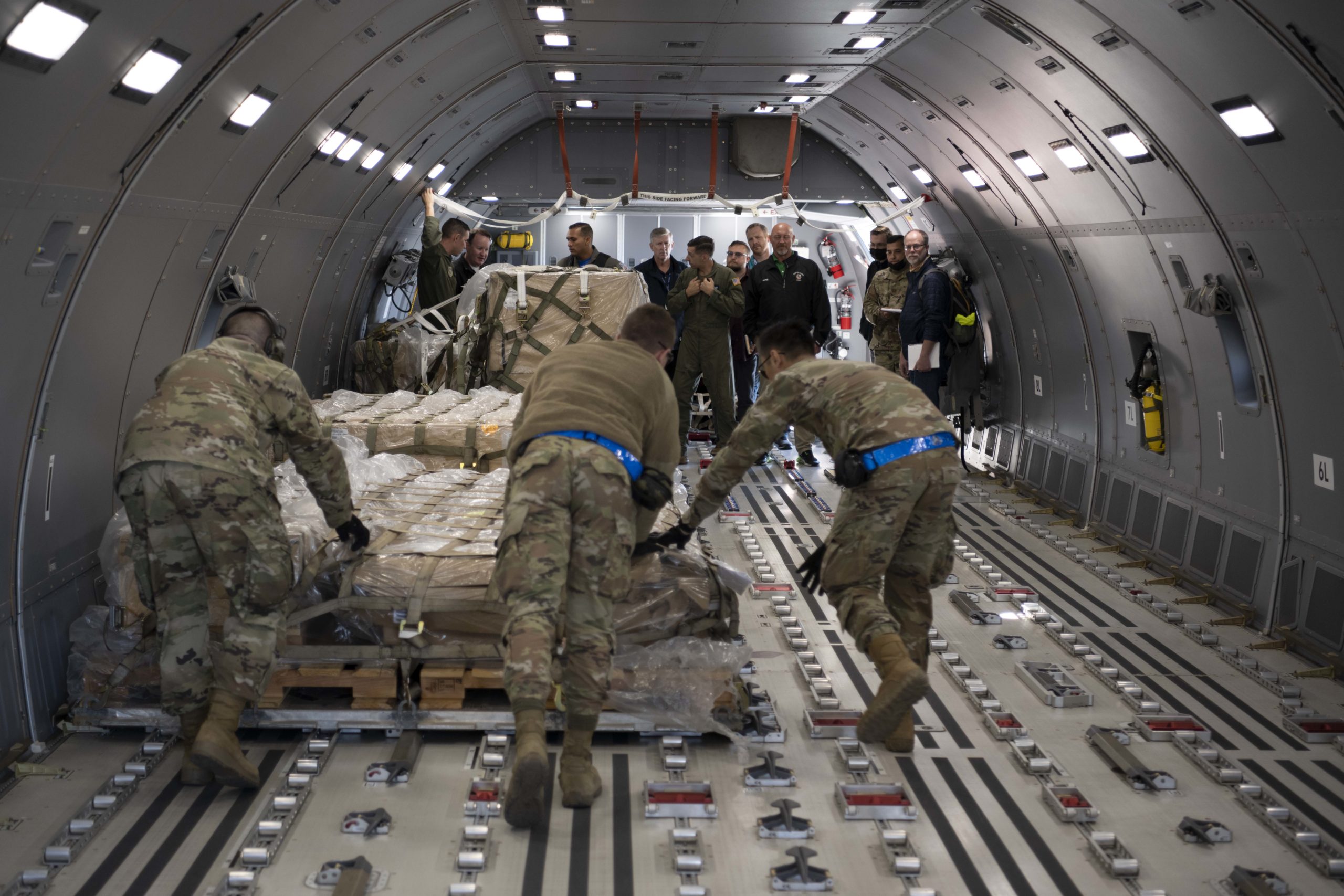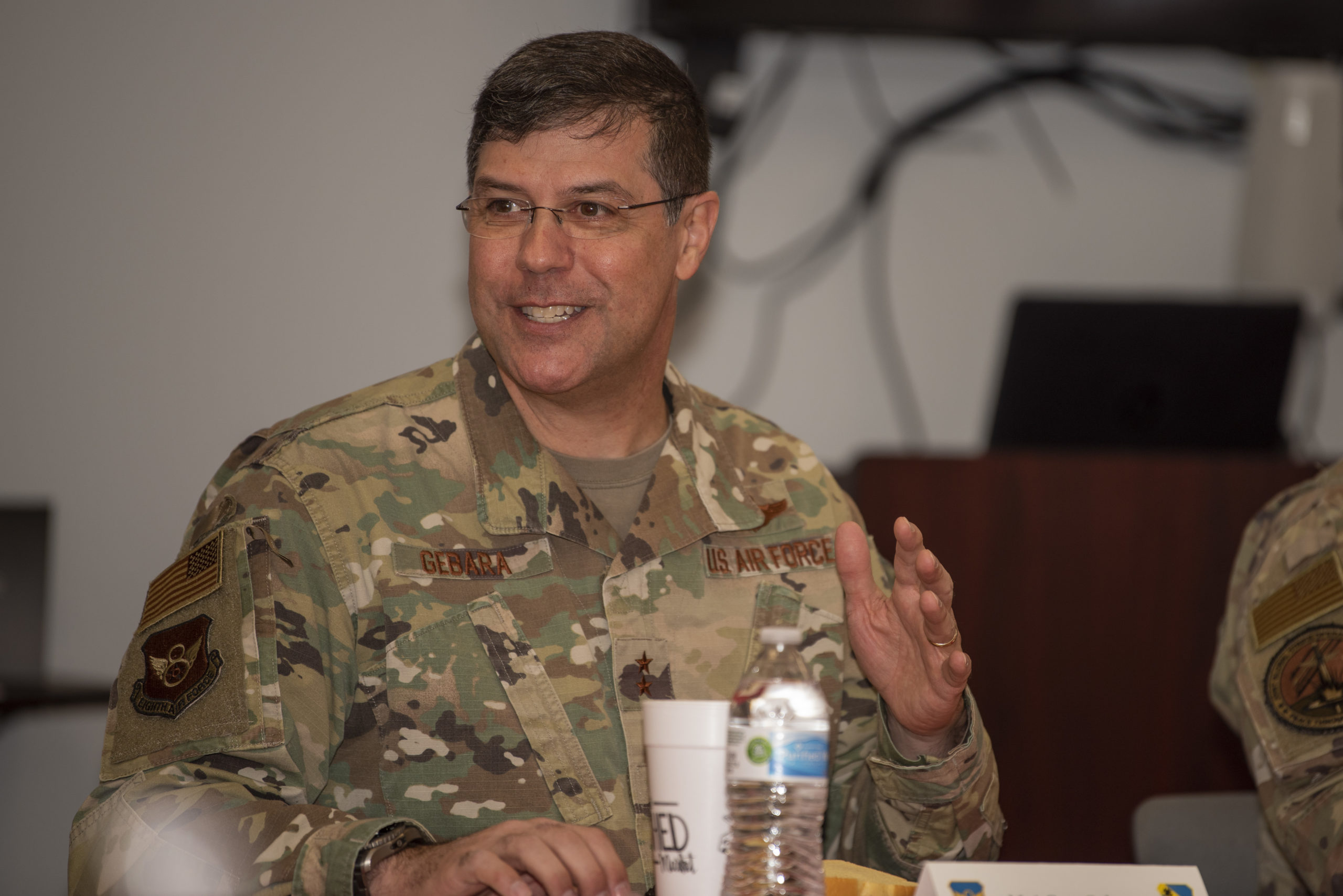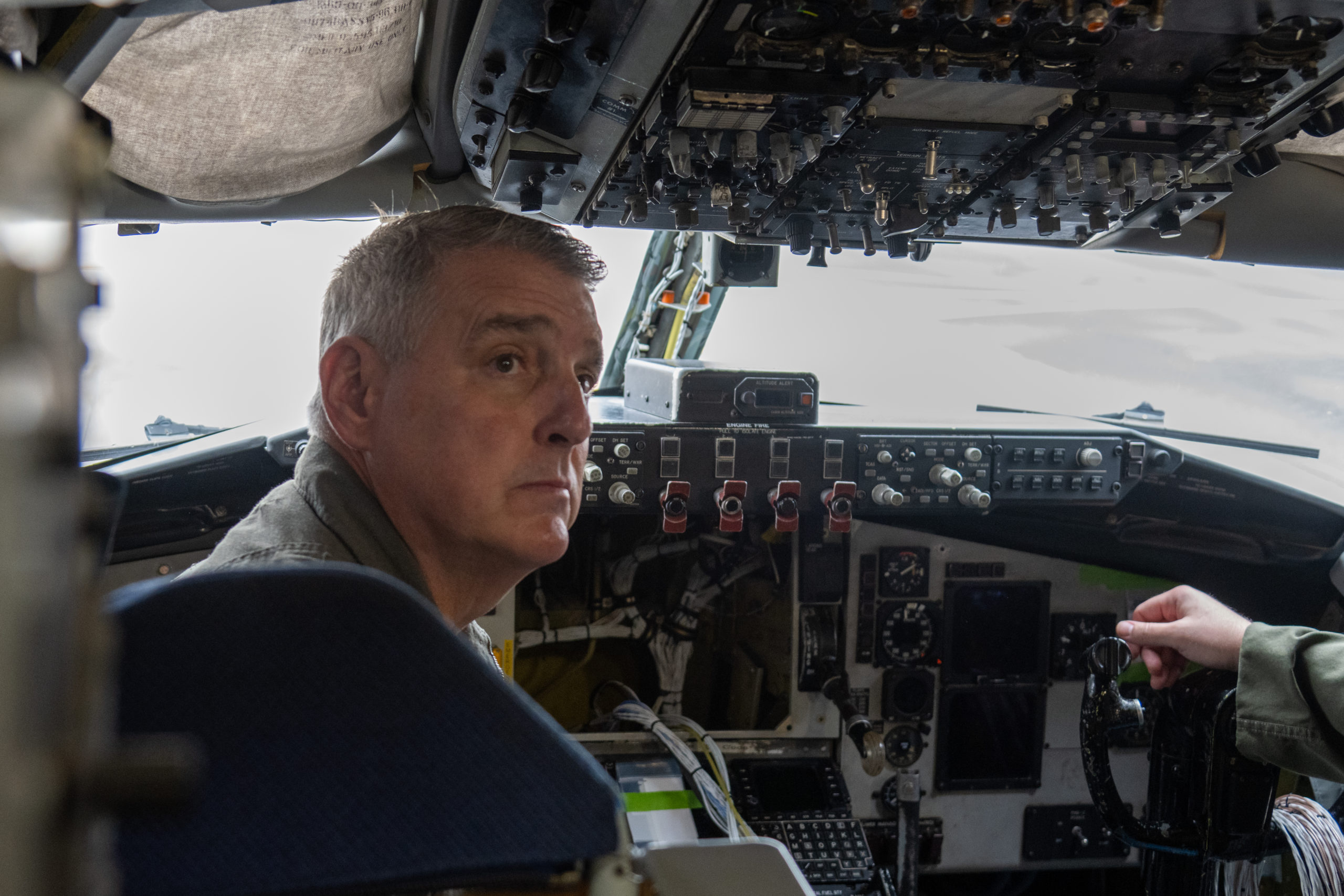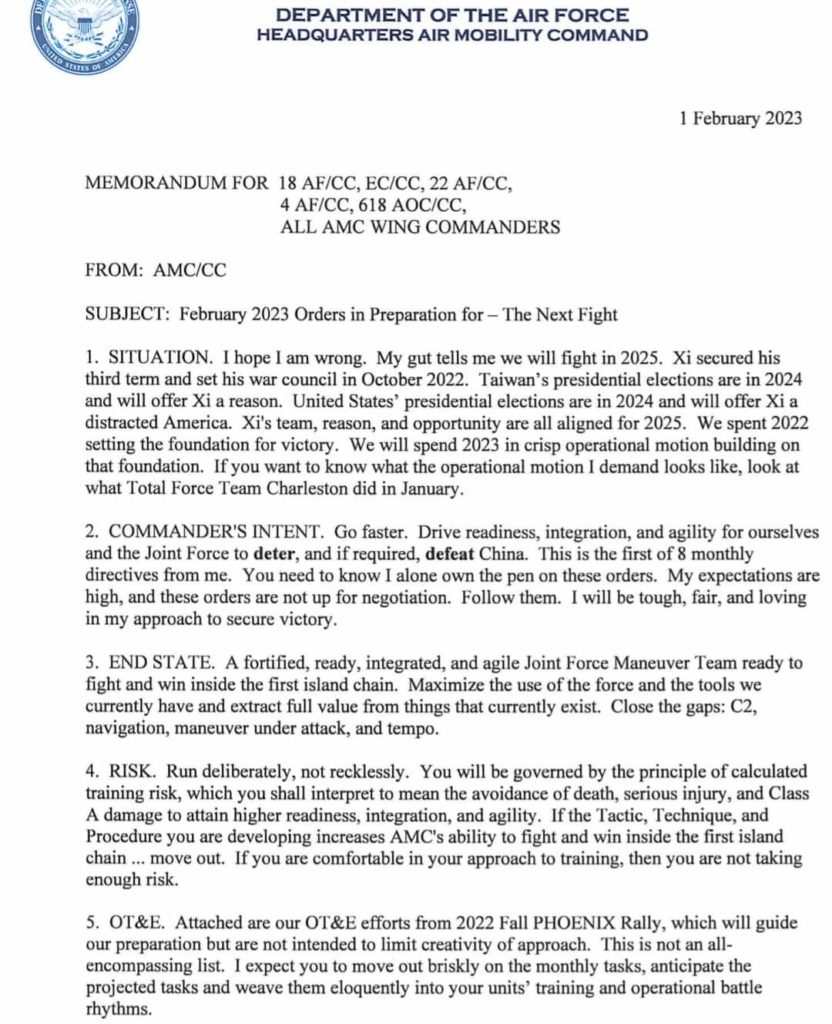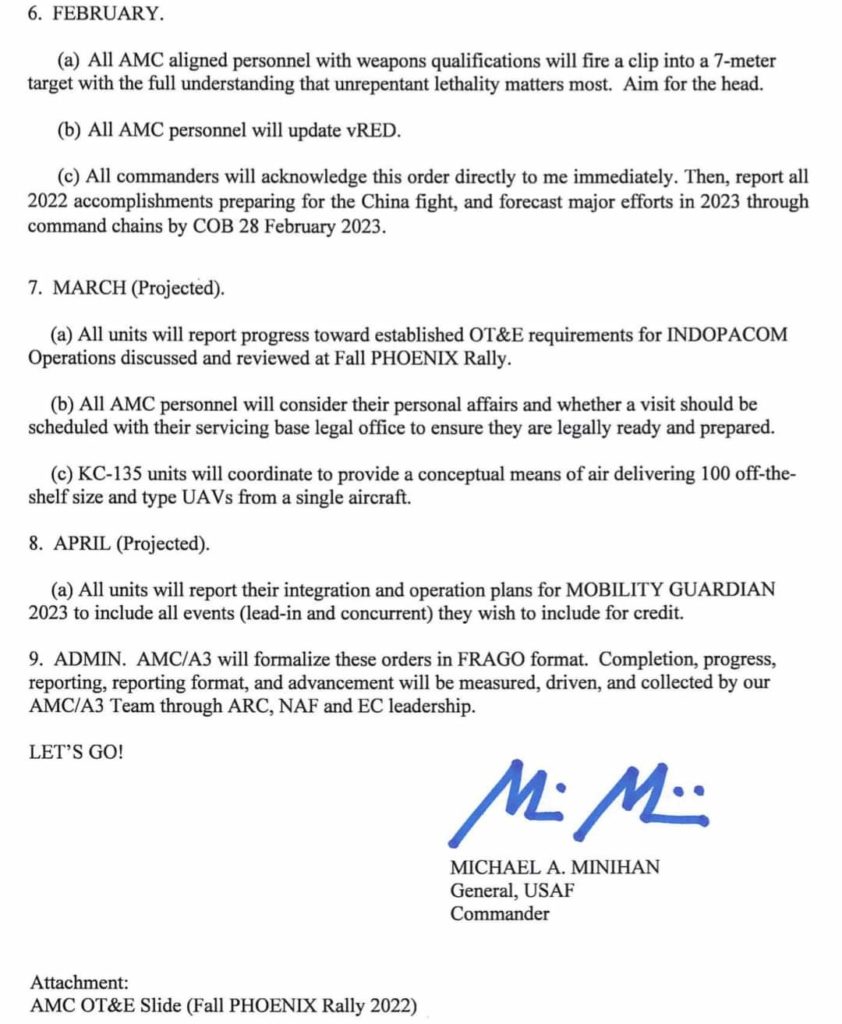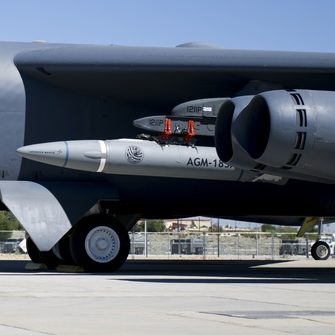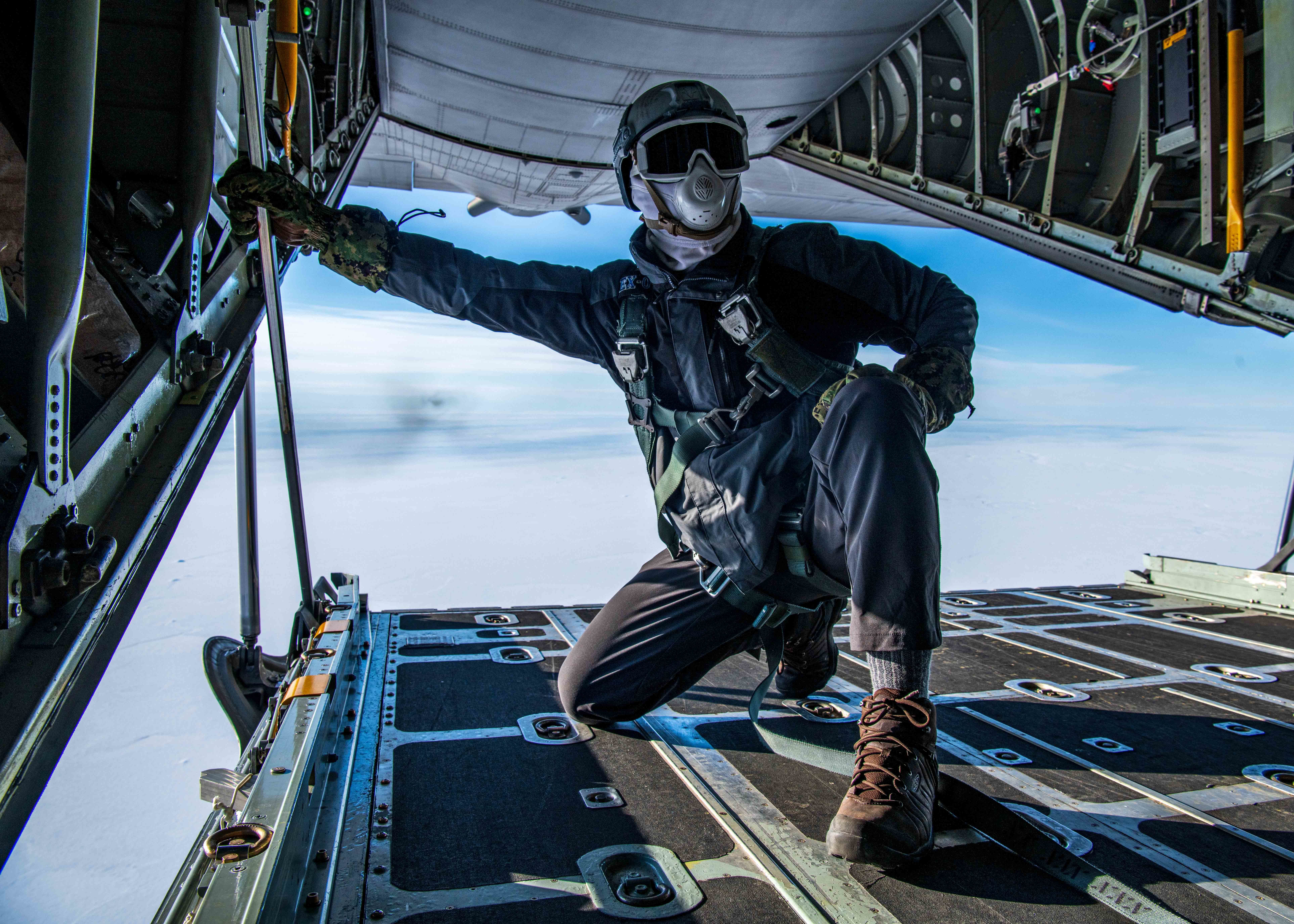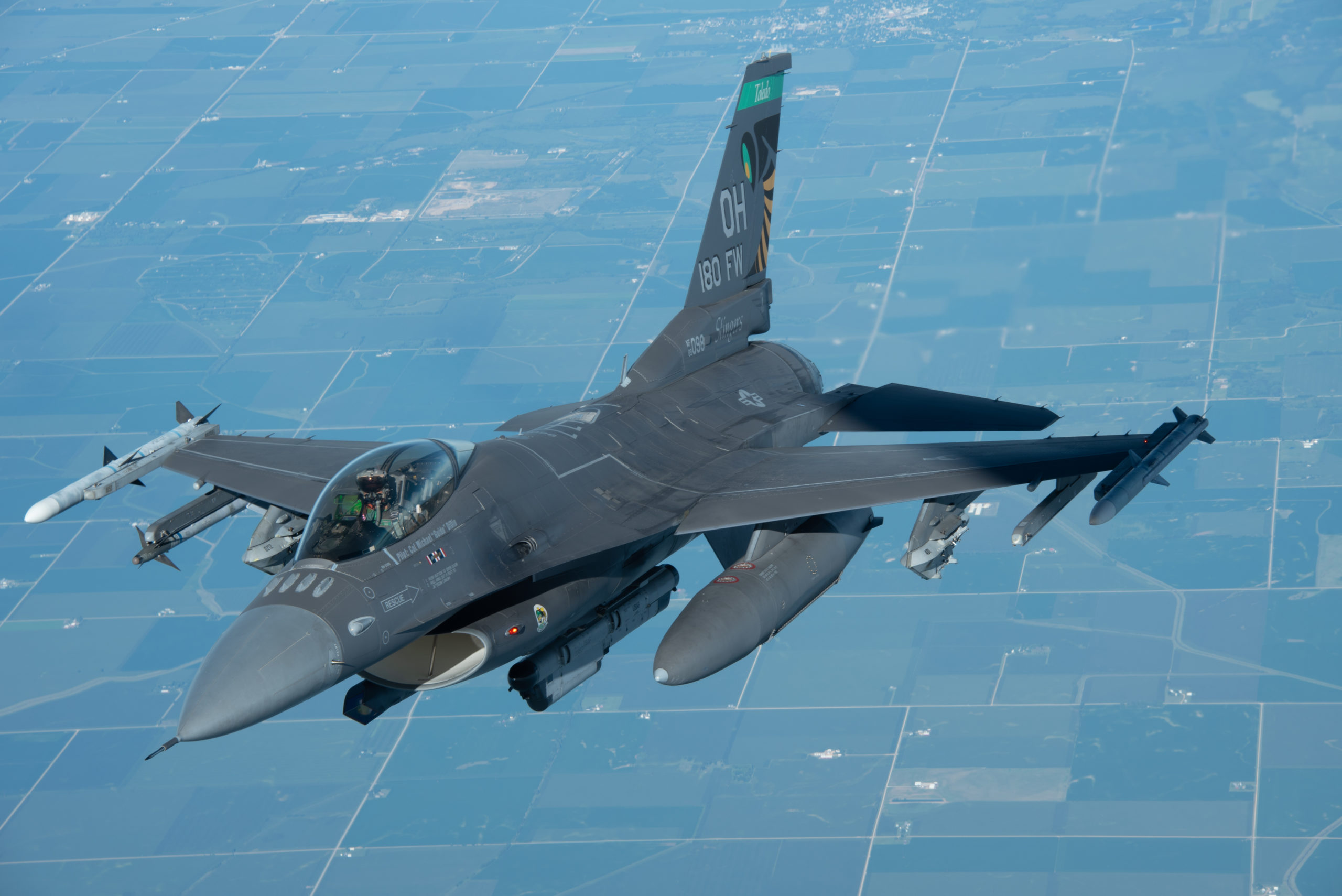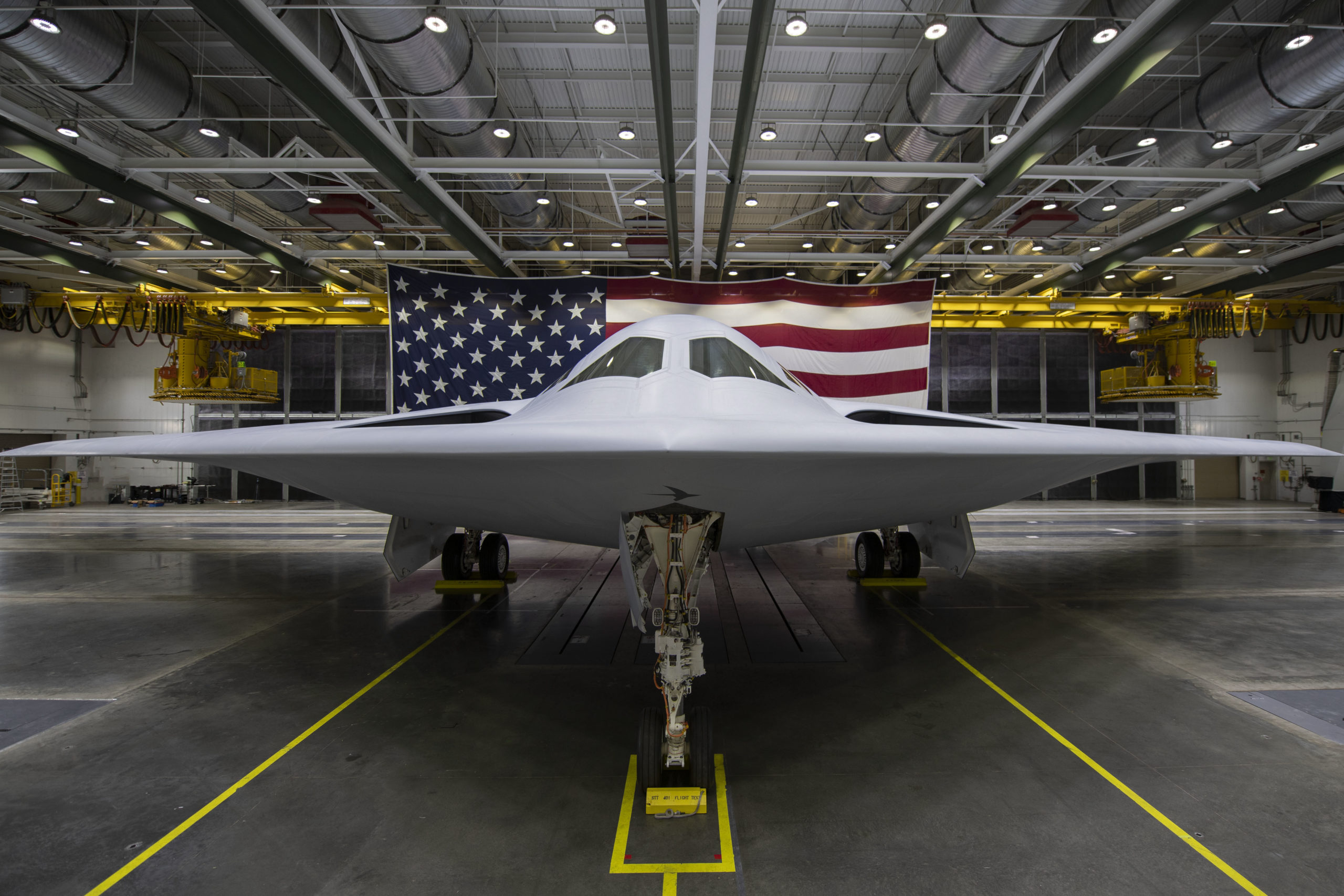DARPA and the Air Force conducted the final test of their scramjet-powered Hypersonic Air-breathing Weapon Concept (HAWC) missile, DARPA announced Jan. 30, and said the program’s “findings will now be used in follow-on efforts.”
The Air Force is moving forward with two hypersonic weapons—the AGM-183 Air-Launched Rapid Response Weapon (ARRW), developed by Lockheed Martin, and the Hypersonic Attack Cruise Missile (HACM). ARRW has completed several successful test flights, and a contract for HACM was awarded to Raytheon last September.
But despite deciding not to move forward with HAWC, DARPA and the Air Force decided to finish testing.
“The things we’ve learned from HAWC will certainly enhance future U.S. Air Force capabilities,” Walter Price of the Air Force Research Laboratory (AFRL) said.
The HAWC had two versions, a Lockheed Martin/Aerojet Rocketdyne missile and Raytheon/Northrop Grumman model. Both had successful tests. The Air Force chose to pursue the ARRW and HACM for its future hypersonic weapons. HACM in particular will act as a follow-on to HAWC’s technology.
Despite the then-imminent contract award for the HACM, Gen. Duke Z. Richardson, the head of Air Force Materiel Command, said in August “there’s value in completing” the HAWC testing anyway.
In a release, DARPA said the final HAWC flight was the Lockheed Martin variant, which “again flew at speeds greater than Mach 5, higher than 60,000 feet, and farther than 300 nautical miles.”
A DARPA spokesperson told Air & Space Forces Magazine “most of the flight was faster than Mach 5” and occurred sometime in January, but declined to provide further details, citing operational security.
While the Air Force is not pursuing HAWC as a weapon, DARPA plans to continue maturing the technology with the More Opportunities with HAWC (MOHAWC) program.
“Those missiles will expand the operating envelope of the scramjet and provide technology on-ramps for future programs of record,” DARPA said the MOHAWC program.
